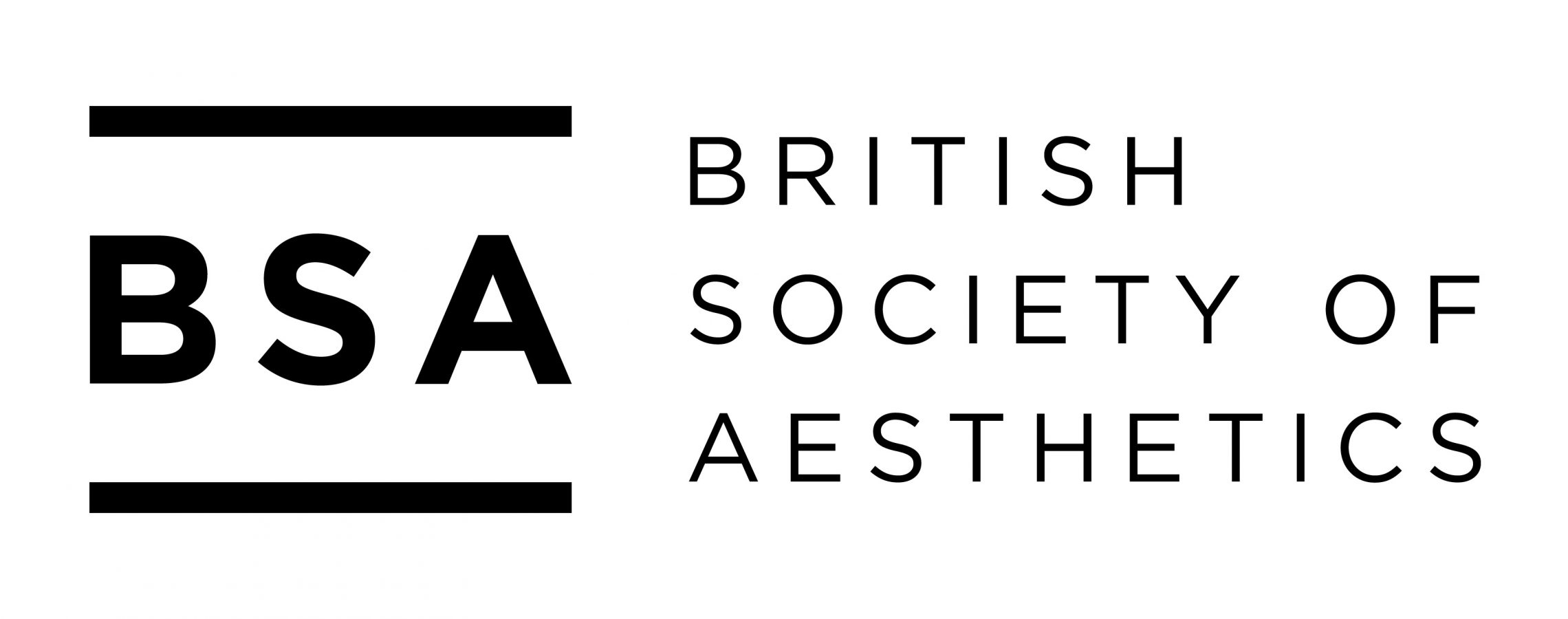Revista Portuguesa de Filosofia Volume 75 (No. 4)
Deadline: August 31, 2019
Publication date: January 2020
Álvaro Balsas
Yolanda Espiña
(Eds.)
Rooted in Modernity, it is often considered that the realms of art and science are disjointed worlds, the former being associated with the domains of the universal, the rational, the cognitive, the observation and the discovery; and the second to the scopes of the particular, the emotional, the affective, the imagination and the creation. Recently, several authors, such as Thomas Kuhn, pointed out the parallelisms, intersections, and junctions that can be established between them. In fact, these two worlds enable the human mind to modes of access, representation and reference to reality, where they intersect, with objective experiences and “thought experiments”, paths of innovation and creation, canons of beauty and truth, criteria of symmetry and simplicity, analogies between modes of being and of thinking, models and metaphors, which empower representations of real worlds and imagined worlds, complementary modes of reason and action.
But when reason and human action are compartmentalized and atomized, it is the integral human being that is diminished in its unity and possibilities and vocation of imaginative articulation (being imagination being an instrument both common to science and art) between necessity and freedom, between matter and spirit, between Nature and culture. It is therefore imperative to preserve and strengthen this unity, exploring convergences and complementarities between these two worlds, which safeguard their essential differences. The encounter between art (painting, sculpture, architecture, music and sound arts, literature, poetry, performing arts, digital arts, …) and science (mathematics, physics, chemistry, biology, psychology, …) in a world such as the present, in which its interaction with Nature is particularly enriched by the exponential development of technology, which forms a singularly innovative relation between art, science and human action.
Philosophy is certainly the common ground – and the first beneficiary – that allows us to think of convergences, in unity and multiplicity, bringing together various disciplines – aesthetics, philosophy of art, philosophy of science, philosophy of nature, phenomenology, hermeneutics, epistemology, logic, metaphysics – but elaborating from the prime mater offered by art and science.
There are several contemporary and twentieth-century philosophers and scientists who have ventured to think of such convergences, such as P. Ricoeur, P. Feyerabend, H-G. Gadamer, J. Habermas, E. Gombrich, E. Panofsky, N. Goodman, F. Pessoa, R. Rorty, P. Duhem, M. Polanyi, A. Einstein, W. Heisenberg, G. Deleuze, F. Guattari, among others.
And several are the problems that can be investigated in this issue: what relations can be established, in general, between art and science? And between artistic and scientific practices? And between the particular sciences and the specific forms of artistic expression? What relationships are established between the various human “faculties”, namely between reason and emotion, in these practices? What concepts, models, metaphors, and types of rationality are used by the art (s) and science (s) in access to the real, through the human experience (s) of the World?
Submission deadline: 31 August 2019
For more informations, please contact: rpf.aletheia@gmail.com
